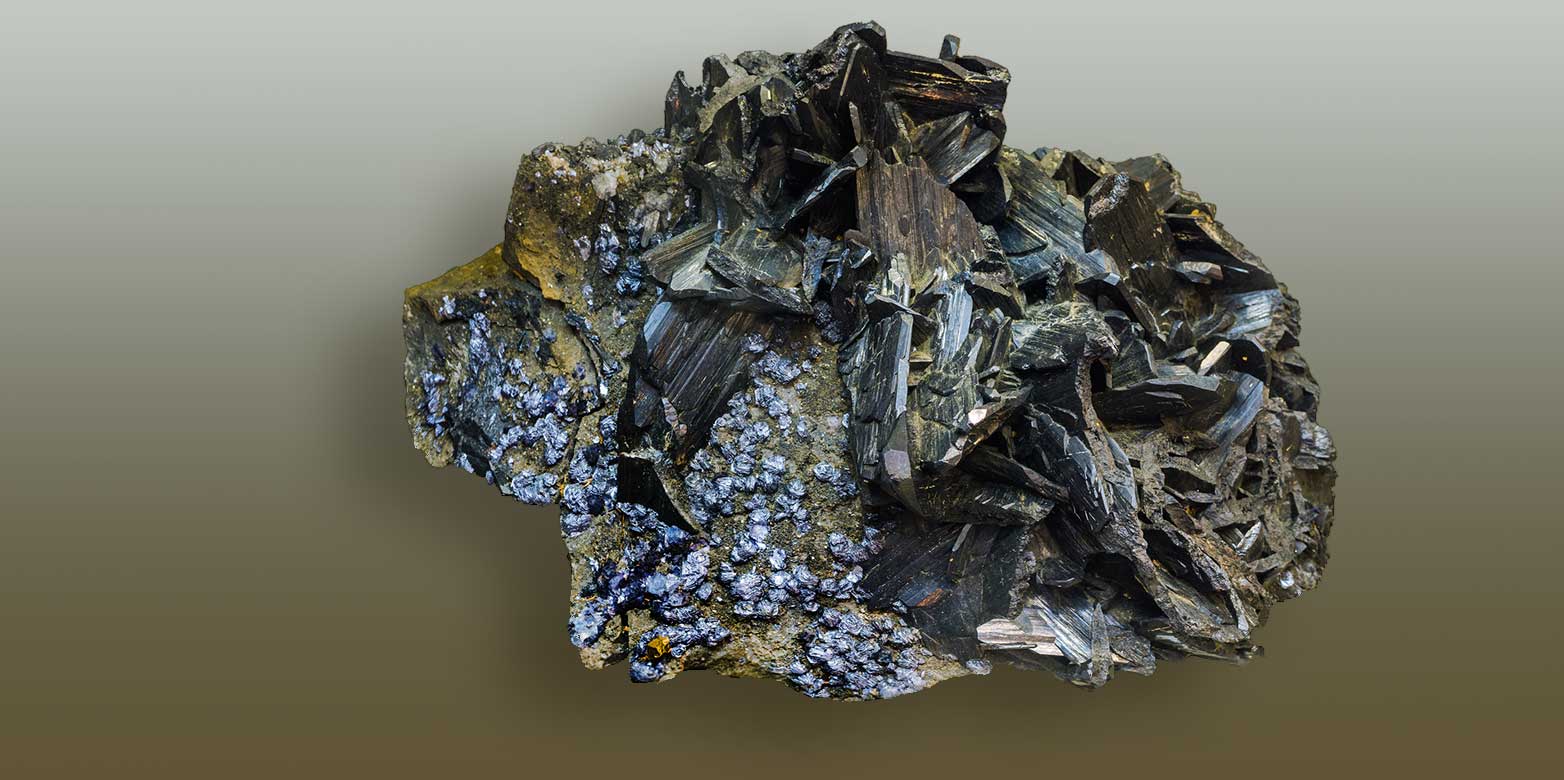Blockchain won’t help with conflict minerals
We do need more transparency on the origins of conflict minerals – which are found in every mobile phone – but blockchain will not solve the problem, says Fritz Brugger.

There is no panel discussion these days without mentioning blockchain as the future solution for many development problems. Traceability of minerals has become a particular concern to avoid that they fuel conflict and child labour1. Rwanda has recently launched the first blockchain-based system for tracing tantalum from the mine to the phone2. The government wants to disprove allegations that its commodities are blended with smuggled conflict minerals from the neighboring DRC. Anglo American Plc plans to track gemstones using blockchain technology. Others are working on gold. Yet, there are good reasons to question whether blockchain can deliver.

Seeking traceability and trust
Here is the promise: Minerals such as tantalum or gold are produced in an industrial mine or in an artisanal mine many of which employ child labour and fund criminal groups. The mined ore is sold to traders or directly to a smelter and from there downstream to manufacturers and consumers. Either the trader who buys the ore at the mine or the smelter company registers the ore on blockchain, a distributed ledger technology. Since a ledger entry cannot be changed unilaterally – i.e. without the permission of all other ledgers in the system – this will create traceability and trust without the need for a central institution being in control.
And here is why blockchain technology falls short of expectations: The assumption that the blockchain mechanism would prevent minerals from illegal sources from being smuggled into formal value chains is conceptually flawed. Since the high security and consensus algorithms apply only for “permissioned” participants performing their role within the blockchain system, the key question is: What is the verification mechanism at the “gate”, i.e. the point where the ore is registered and enters this “safe space” of the blockchain? How is the identification of participants ensured? What mechanism controls where minerals are sourced? In other words: How is trust created in the system in the first place?
The crucial first link in the chain
Circulor, the UK based blockchain partner in the Rwandan case, employs facial recognition of the seller and GPS capturing of their position while scanning3 to control the registration of the ore on the blockchain and to prevent corruption of the system. The scanning happens at the smelter or at the mine where the ore originates from. This procedure guarantees that the person selling the ore and the person registering the ore are known and is an enlisted member of the system. Yet, it does not guarantee that the ore she or he sells originates only from legitimate sources. It can still come from a licensed formal mine or from an artisanal small-scale mine. This means that you have to trust the sellers and those registering the ore, which undermines the idea that trust is created by the blockchain itself.
«Today, blockchain is close to the peak of the hype cycle of technologies with inflated expectations.»Fritz Brugger
The verification mechanism depends completely on the personal trustworthiness of the seller. The ledger technology cannot improve the security of this crucial first step. Neither facial scanning nor GPS recording guarantees where the properly authenticated seller got the tantalum from. It could be from a controlled and certified mine, but it could also be blended with ore from other, illegal, mines. The consensus mechanism, which is at the heart of the blockchain technology, adds value only to transactions within the system, i.e. after the minerals have been admitted to the system. But this is not where the main concern lies.
Rare alternative for proving origin
Blockchain represents no “disruptive” progress over existing bag-and-tag traceability systems developed for the same minerals4. They all rely on identifying and trusting the seller, but use standard database solutions to track the flow of material through the system.
Other approaches such as analytical fingerprinting5 of tantalum or adding markers at the molecular level in oil and gas engage with the raw material directly. They can – in contrast to blockchain – provide the proof of origin but are available only for some minerals due to technological requirements and cost.
This is not to say that blockchain is without merit. There clearly are business cases where the technology adds value. For example in commodity trading, where many parties are involved and cargos are often sold several times between sourcing and delivery, the technology can reduce transaction cost and improve transparency by having suppliers, logistics, verification, insurance and financial institutions perform their roles on the same platform.
Today, blockchain is close to the peak of the hype cycle of technologies with inflated expectations. Riding this wave helps to attract publicity and (donor) funding. But not necessarily to solve every problem at hand.
References
1 OECD external page Due Diligence Guidance for Responsible Supply Chains of Minerals from Conflict-Affected and High-Risk Areas
2 Reuters: external page Rwanda hosts first tantalum-tracking blockchain
3 Hyperledger: external page Case study
5 BGR Mineral Certification: external page Introduction to the Analytical Fingerprint
Comments
No comments yet